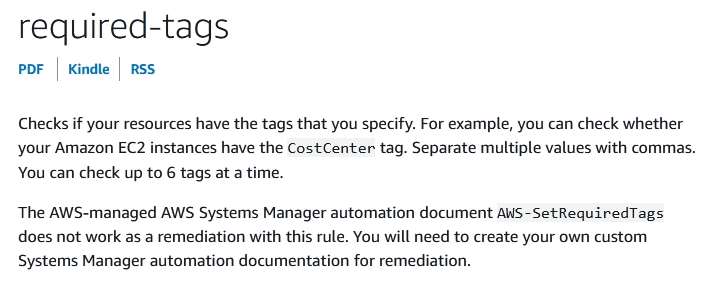A company runs its infrastructure on Amazon EC2 instances that run in an Auto Scaling group. Recently, the company promoted faulty code to the entire EC2 fleet. This faulty code caused the Auto Scaling group to scale the instances before any of the application logs could be retrieved.
What should a SysOps administrator do to retain the application logs after instances are terminated?
A. Configure an Auto Scaling lifecycle hook to create a snapshot of the ephemeral storage upon termination of the instances.
B. Create a new Amazon Machine Image (AMI) that has the Amazon CloudWatch agent installed and configured to send logs to Amazon CloudWatch Logs. Update the launch template to use the new AMI.
C. Create a new Amazon Machine Image (AMI) that has a custom script configured to send logs to AWS CloudTrail. Update the launch template to use the new AMI.
D. Install the Amazon CloudWatch agent on the Amazon Machine Image (AMI) that is defined in the launch template. Configure the CloudWatch agent to back up the logs to ephemeral storage.
What should a SysOps administrator do to retain the application logs after instances are terminated?
A. Configure an Auto Scaling lifecycle hook to create a snapshot of the ephemeral storage upon termination of the instances.
B. Create a new Amazon Machine Image (AMI) that has the Amazon CloudWatch agent installed and configured to send logs to Amazon CloudWatch Logs. Update the launch template to use the new AMI.
C. Create a new Amazon Machine Image (AMI) that has a custom script configured to send logs to AWS CloudTrail. Update the launch template to use the new AMI.
D. Install the Amazon CloudWatch agent on the Amazon Machine Image (AMI) that is defined in the launch template. Configure the CloudWatch agent to back up the logs to ephemeral storage.
